Python is developed by Guido van Rossum. Guido van Rossum started implementing Python in 1989. Python is a very simple programming language so even if you are new to programming, you can learn python without facing any issues. Python is a popular programming language.
Python is a high-level, interpreted scripting language developed in the late 1980s by Guido van Rossum at the National Research Institute for Mathematics and Computer Science in the Netherlands. The initial version was published at the alt.sources newsgroup in 1991, and version 1.0 was released in 1994.
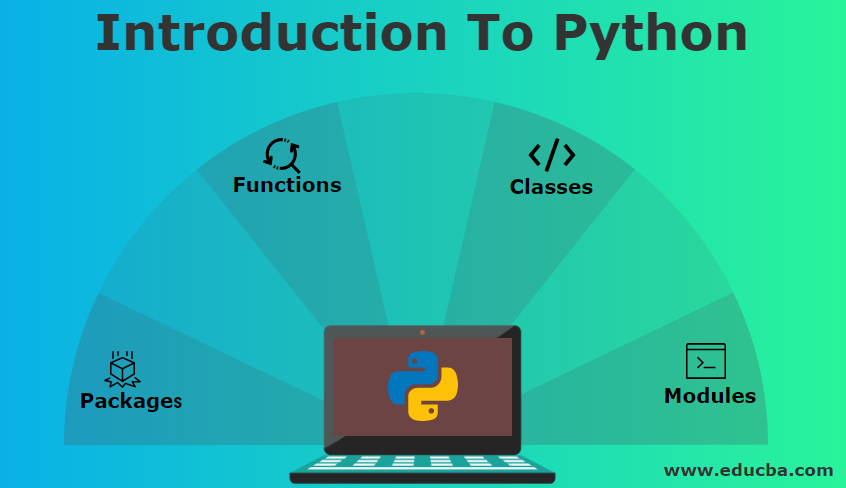
Python 2.0 was released in 2000, and the 2.x versions were the prevalent releases until December 2008. At that time, the development team made the decision to release version 3.0, which contained a few relatively small but significant changes that were not backward compatible with the 2.x versions. Python 2 and 3 are very similar, and some features of Python 3 have been backported to Python 2. But in general, they remain not quite compatible.
Both Python 2 and 3 have continued to be maintained and developed, with periodic release updates for both. As of this writing, the most recent versions available are 2.7.15 and 3.6.5. However, an official End Of Life date of January 1, 2020 has been established for Python 2, after which time it will no longer be maintained. If you are a newcomer to Python, it is recommended that you focus on Python 3, as this tutorial will do.

Python is still maintained by a core development team at the Institute, and Guido is still in charge, having been given the title of BDFL (Benevolent Dictator For Life) by the Python community. The name Python, by the way, derives not from the snake, but from the British comedy troupe Monty Python’s Flying Circus, of which Guido was, and presumably still is, a fan. It is common to find references to Monty Python sketches and movies scattered throughout the Python documentation.


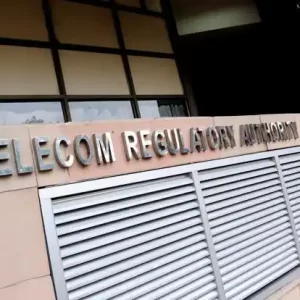
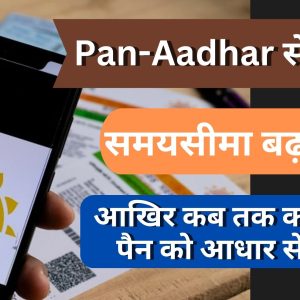

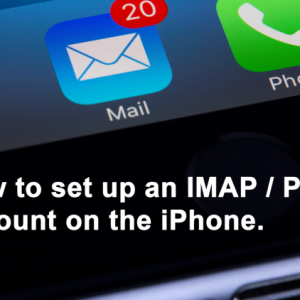
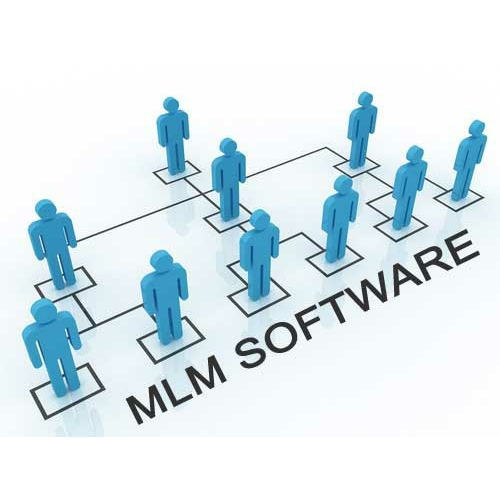


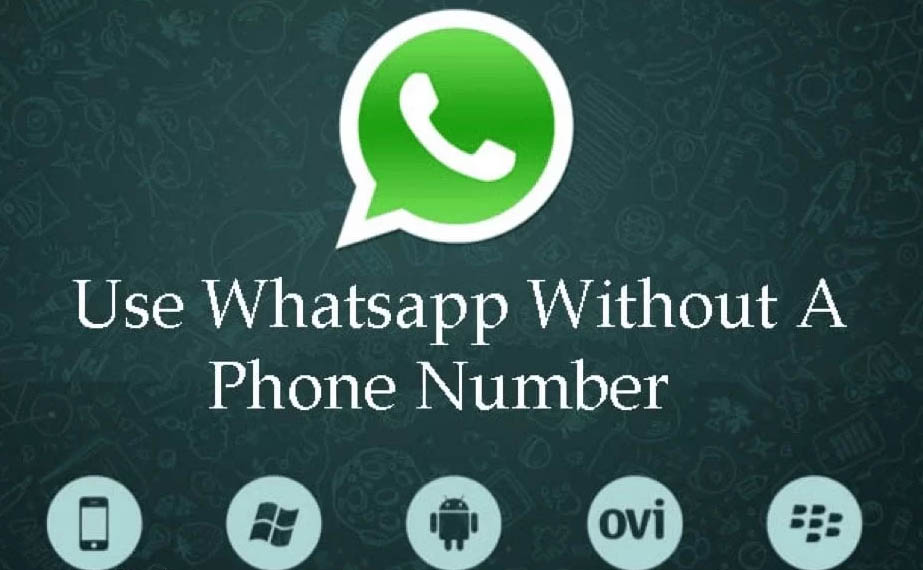
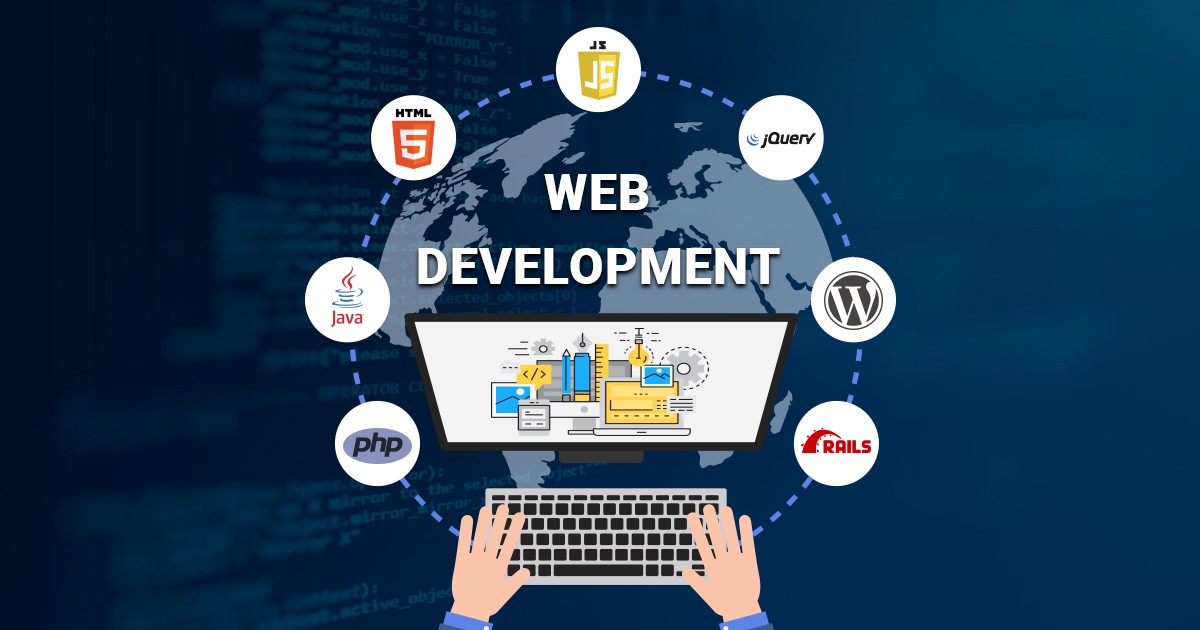

5 Comments
Comments are closed.